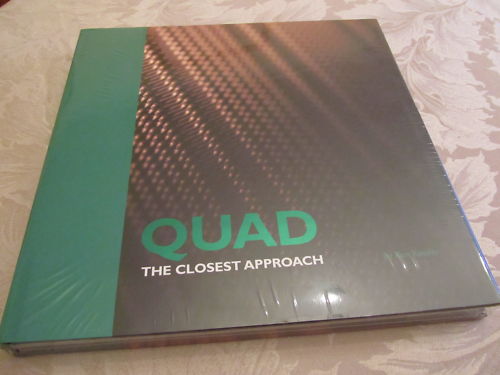TAA: Have you any opinions you'd share on the relative merits of distortion tests,
such as harmonic, two-tone IM, transient IM, or slew rate limiting, as clues to
amplifier quality?
PW: An amplifier should, within its limits of voltage and rate of change of voltage,
(which is slew rate limiting) if you keep within those two it should be very much
better than any program material. These are the things that are measured at .01
per cent or .05 per cent. But what is listened to is usually a program with 2 or 3
per cent distortion in the first place. That's the least you can get on records,
tapes, and such things. Listening tests are usually not done in this region of .01
percent distortion. I'm quite convinced within that range the amplifier is just as
perfect as you like to make it. It's quite possible to put 50 amplifiers in cascade,
each one into a load, potted down into the next one, and to listen to the 50th one
or to listen to the first one, and the sound will be virtually the same. So I think you
can make an amplifier just as good as you like, and no more different than a
piece of wire. But where they vary, when these tests are done, are a whole lot of
areas. To start with, you can compare one amplifier with a bass cut-off of 20 Hz
and another one that goes right down to DC. If you've got a program with a bit of
fluffing going on at 5 Hz or so, the speaker cone in one case will be moving, and
in the other case it won't be moving, so the sound from the speaker will be
different. This isn't really a condemnation of the amplifier, it's that they shouldn't
have this 5 Hz stuff there in the first place. So if you compare an amplifier with a
straight wire, you've really got to make the straight wire have the same
bandwidth as the amplifier, and the same terminating impedance as the
amplifier. Once you do all these things, then the amps will be just as good as the
straight wire. The peripheral effects are what get people into trouble. You can
see why you find these differences in amplifiers. You can always find them. If
people test two amplifiers and say, "These sound different," there's no magic in
it. Spend two days, maybe a whole week in the lab, and you find out exactly why
they're different and you can write the whole thing down in purely practical,
physical terms. This is why these two sound different, and the cause is usually
peripheral effects. It is not really a case of good or bad amplifiers, it's that the
termination impedances are wrong, or something of that sort.







